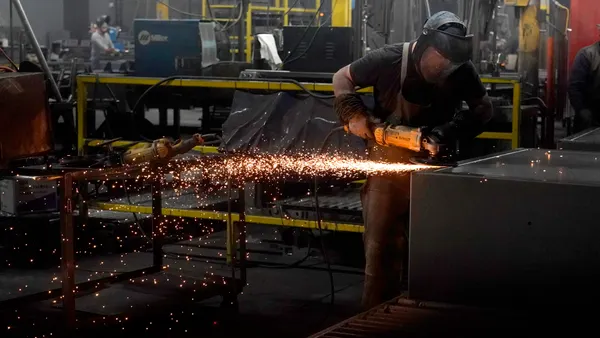Dive Brief:
- If the ABO Research projection of the augmented reality (AR) industry comes true, it will be worth $100 billion by 2020 with much of the growth happening in the business world, according to a Forbes article.
- Utilities are already among the early pioneers hoping to take advantage of the technology, which offers a live view of a physical, real-world environment whose elements are augmented (or supplemented) by computer-generated sensory input including sound, video, graphics or GPS data (by contrast, virtual reality replaces the real world with a simulated one).
- According to the article, the Electric Power Research Institute (EPRI), a nonprofit focused on and funded by the electric utility industry, has launched an AR experiment with some of the biggest utilities around the world. Participants include large utility players Duke Energy Consolidated Edison, UK-based EDF Energy and Korea Electric Power Corporation, among others.
Dive Insight:
The article reports that the EPRI study is designed to see how AR could improve a workforce's efficiency and reduce error rates. The idea is AR would assist utility workers in the field working on equipment and not having to pull out paper manuals or laptops. Using AR glasses, repair information and manuals would be easily accessible.
Despite the failure of Google Glass to catch on with the general public, AR devices might play a critical role with these types of workforces. However, AR technology is currently in its very early stages, the article notes, though larger companies and more well-funded startups are investing seriously in the technology.
Even being in its relative infancy, John Simmins, a technical executive at EPRI, told Forbes the utility industry believes it’s the right time to give it a serious look. Simmins predicts the technology someday will be as common as smartphones.












